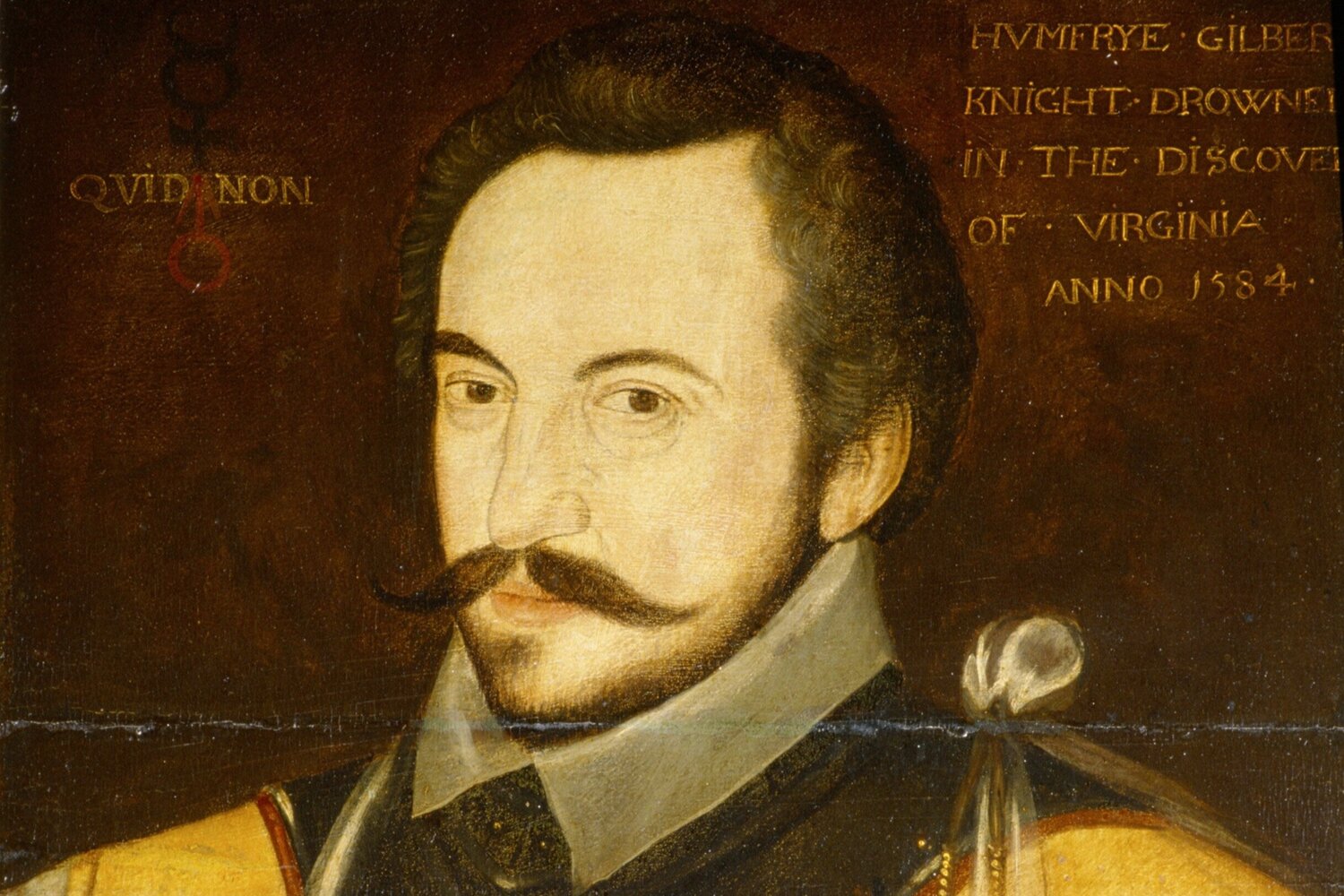UK publisher Scarlet Imprint is opening pre-order for An Excellent Booke of the Arte of Magicke: The Magical Works of Humphrey Gilbert and John Davis. The text was transcribed from British Library Additional manuscript 36674. It’s been edited by Phil Legard who’s also provided an introduction and features supplementary essays by Dr Alexander Cummins and a foreword by Dr Daniel Harms.
The publisher’s site says:
“The magical experiments conducted by Elizabethan explorer, soldier and courtier Humphrey Gilbert, along with his scryer John Davis, during the spring of 1567 are notable for their forceful methods and stripped down Protestant ritual. The spirits are called into a ‘crystal stone’ by way of a large number of conjurations, charges, constraints, curses and bonds. The work includes the practical conjuration of Bleth, Aosal, Assassel (Azazel) and the four demon kings of the winds, namely Oriens, Amaimon, Paimon and Aegyn.
“Visions is a record of visions in the crystal, detailing events which took place before, during and after the composition of the Excellent Booke. The master – Humphrey Gilbert – and scryer – John Davis – converse with a wide-range of spirits as well as religious and occult figures: Assasel, Job, Solomon, Roger Bacon, Cornelius Agrippa and four angelic evangelists. The pair experience a series of remarkable sights concealed behind the nine-keyholed door of the house of Solomon.
“Appended to the Excellent Booke are three further, related manuscript transcriptions, the necromantic graveyard ritual in Experiments of Azasel, Ancor, Anycor & Analos, from Illinois Pre-1650 ms. 0102, the scrying procedure of An Experiment of Bleth, from Sloane 3824, and the necromantic and treasure hunting rites of Related Experiments, from Case ms. 5017.
“In the second part of the book, Alexander Cummins provides a trilogy of essays on early modern necromancy, scrying techniques and the learning of magic from dead magicians. Thus armed, the appropriately black-clad reader can engage with the Excellent Booke as a practical grimoire of the necromantic art. Phil Legard draws the book to a close with an essay on the phenomenology of the magical workings of Gilbert and Davis.
“A missing piece of magical history, and a title of particular note to those interested in Azazel, the fallen angel and necromantic traditions, students of the grimoires and the practical workings of dirty medieval magic.”


